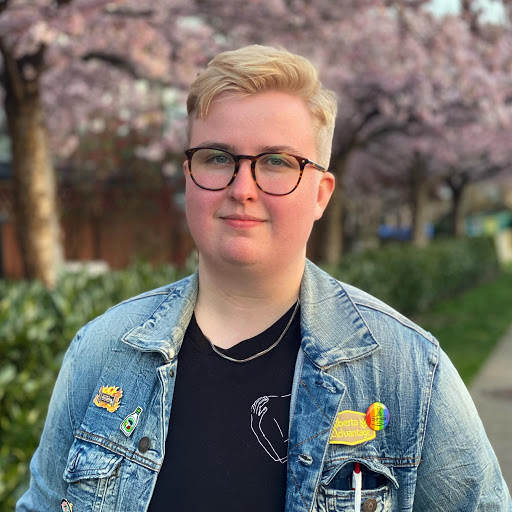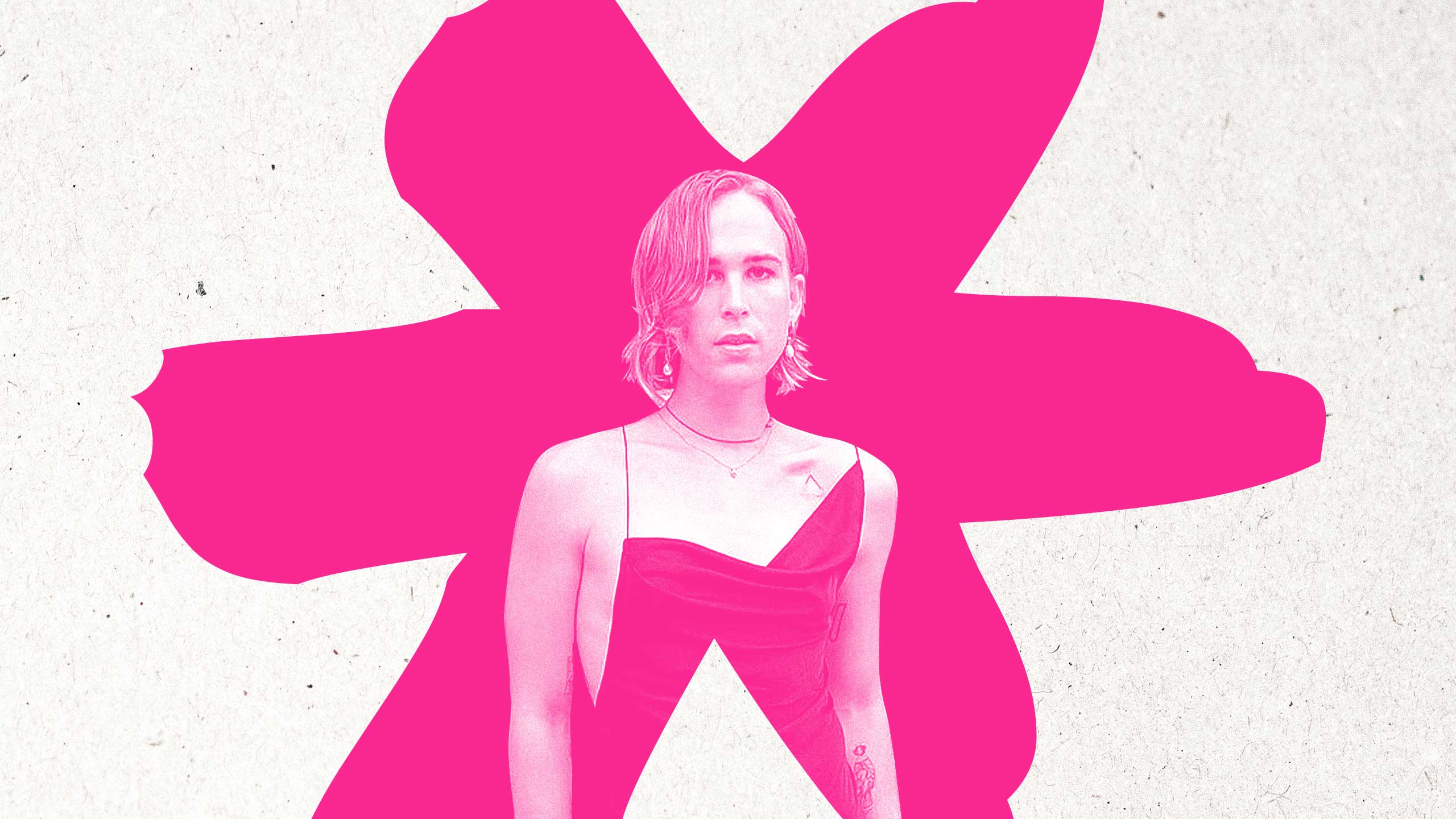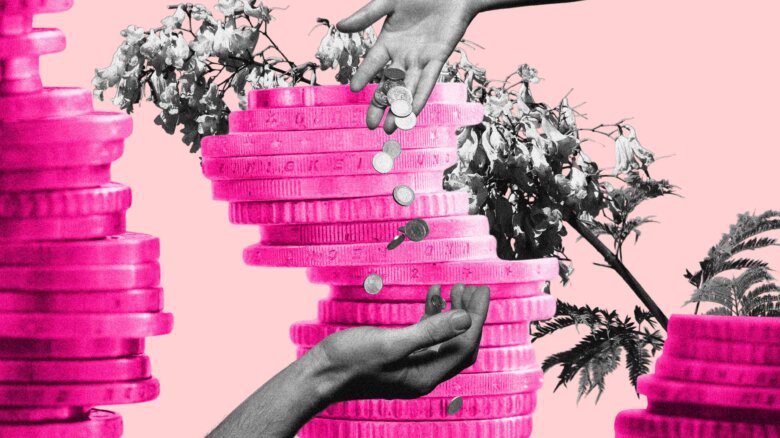
Hey folks! I’m Mel Woods, Xtra’s news writer, coming to you from smokin’ hot Vancouver. I’ve been locked into watching the Olympics for the past week, cheering on non-binary trailblazers like Alana Smith and Quinn, and really regretting quitting the springboard diving classes I took as a kid. I got my second vaccine dose last week, and am already dreaming of the day I get to sing karaoke again.
If you haven’t succumbed yet, subscribe to our newsletter Xtra Weekly, where you’ll find all that AND a bag of chips.
What’s the buzz 🐝?
While most of the trans trailblazers at the Olympics have been out for a while, a slew of celebrities and athletes are coming out of their cage (a.k.a. the closet) and they are doing JUST fine this summer.
Back in May, Demi Lovato came out as non-binary. Bachelor star Colton Underwood came out as gay. Then the first active gay NFL player, Carl Nassib, came out as gay. Everywhere you looked, there were people coming out, many of them tied to Pride month.
Last week, 13 Reasons Why actor Tommy Dorfman came out as a trans woman—well, “coming out” is how a lot of people refer to it. In her Time magazine interview with Destransition, Baby author Torrey Peters, Dorfman pushed back on it being a coming out, calling it a “clarification” instead.
“Coming out is always viewed as this grand reveal, but I was never not out. Today is about clarity: I am a trans woman. My pronouns are she/her. My name is Tommy,” she said.
“I’ve been living in this other version of coming out where I don’t feel safe enough to talk about it, so I just do it. But I recognize that transitioning is beautiful. Why not let the world see what that looks like?”
What were we thinking 👏?
As someone who also recently experienced my own so-called “coming out,” I’ve been thinking a lot about Dorfman’s “clarification” and how it reflects mine and a lot of queer and trans folks’ experience.
From the outside, coming out feels like this singular thing. An Instagram post, a formal statement, a big interview, a new name, new pronouns—they can be the bridge between the “before” and the “after,” our view of a person as one thing, and then another. But the reality, especially for trans folks, is a lot fuzzier.
At the start of the pandemic in March 2020, I acted on feelings I’ve had for years and ordered my first binder, just to see what it felt like. I quietly took the she/her out of my social media bios over the past year, realizing it didn’t feel right but not yet ready to say why. I started thinking of myself as the non-binary person I am, but never dared to speak it aloud. In October 2020, I wrote a 500-word coming-out post into a word document and promptly deleted it.
When I was laid off from my job at HuffPost Canada this past March, I took the opportunity to casually introduce “they” into my life and my job applications. I didn’t make a big deal out of it; I paired it with my existing pronouns as if they were on equal footing, even though I knew which was right for me.
Finally, I came out as non-binary to my partner. That kicked off a wave of other coming outs and clarifications. I found a trans therapist, and I started the process of accessing the transition-related medical care I’d dreamed about for years.
Still, my partner and I jokingly called it a “soft launch” of a new gender. It was basically beta testing—a tech term for launching a new product to a select audience to see how it’s received. We brought it up with select friends at the right moment or when asked, but didn’t make any big declarations. My life is queer in many ways, and the people around me see gender and sexuality as pretty fluid, so it was easy to ease into my identity, much like slipping into a pool.
The “shes” began to burn more. As things opened up here in Vancouver and we started seeing people again, I started binding every day and I began to resent how I looked when I wasn’t wrapping my torso up in a spandex sausage casing. My back hurt all of the time.
When people straight-up asked for my pronouns I told them “they/them,” but I didn’t put that in my social media bios. Evidently, I gave off a certain kind of vibe though, because the number of questions increased. In June, my sister messaged me and asked if my pronouns or identity had changed. I told her the truth, but I knew it was time for a wider clarification.
I’m not a celebrity with a bunch of fans like Dorfman. But still, the people in my life—from my Twitter followers to my parents—deserved to know. I was tired of questions about something I had accepted to be true so long ago. Here I was living my gay little trans life, and there were people out there who didn’t have the full picture.
With my parents finally able to visit Vancouver, I told them in person. Then, I made a social media post. It wasn’t all that different from the coming out post I drafted way back in October, except that this time, it brimmed with confidence earned during my “soft launch” period.
To many, it wasn’t a surprise. Rather, like Dorfman said, it was a clarification.
Coming out is far from a “before” and “after” for most of us. Whether you’re gay or trans or bisexual or Two-Spirit or anything else, coming out is an ongoing process. The path from who we were to who we are is long and winding; our perceptions of ourselves are changing internally, and the way we want to be seen externally is too.
You realize this thing about yourself, you talk about it with some people, you do it with a few more, and then suddenly you’re on a waitlist for top surgery, beaming when people use your pronouns and writing all about it in a national magazine.
There’s nothing wrong with a little clarification.
In other Xtra news 🌎
👉Xtra writer Jesse Locke sat down for an engrossing chat with musical marvel William Basinksi about his new work.
👉I wrote about how my Olympic doppelganger—U.S. skateboarder Alana Smith—brought their pronouns and non-binary joy to Tokyo.
👉Kai Cheng Thom is back with advice you can use, this week offering up her tips for hiring a sex worker.
👉And a Canadian federal election is on the horizon. Xtra columnist Dale Smith has all you need to know about where parties stand on LGBTQ2S+ issues.
👉Want more headlines? Subscribe to Xtra Weekly.
Gifbox
Happy sports watching pals!



 Why you can trust Xtra
Why you can trust Xtra


